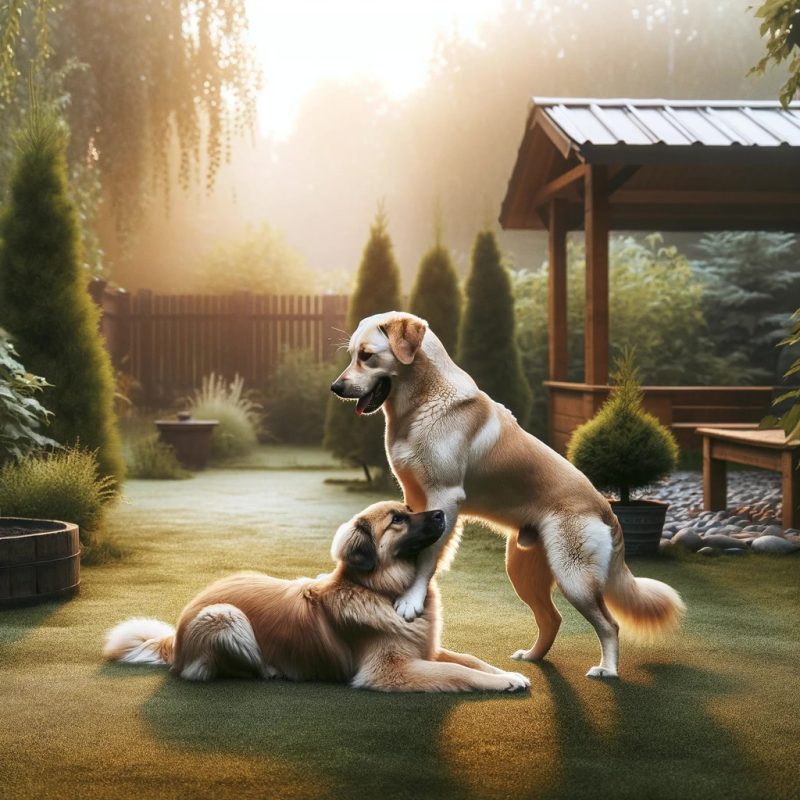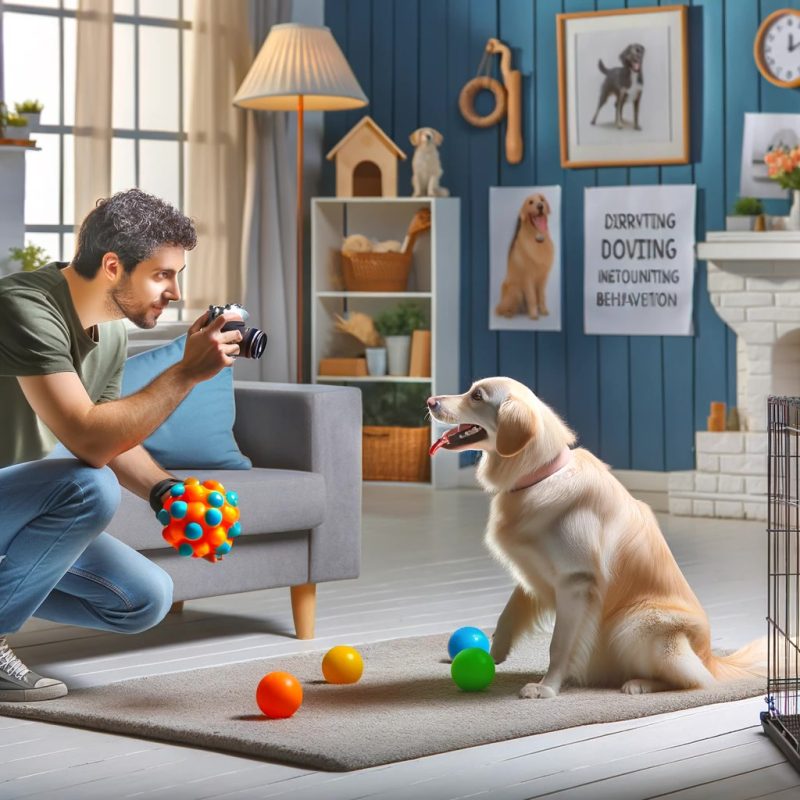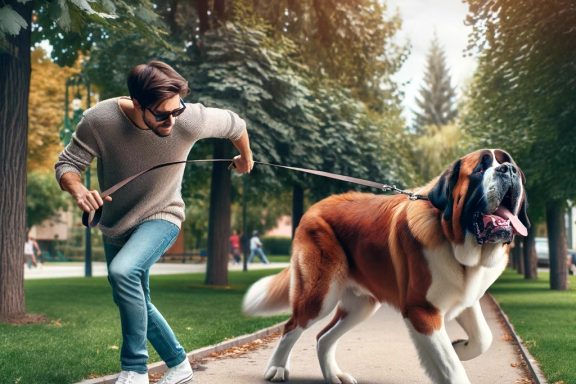Dog mounting, commonly referred to as humping, is a behavior that almost every dog owner has witnessed.
Contrary to common belief, this act often stems more from a desire to assert dominance rather than from sexual urges.
Understanding the nuances of this behavior is crucial for pet owners.
The Root of Dog Mounting: Dominance vs. Aggression

Mounting among dogs primarily serves as a display of social hierarchy rather than aggression.
When a dog mounts another, it is a way of expressing their standing within the pack’s social order.
This behavior is also prevalent during playtime, serving as a non-verbal communication method to establish control or leadership, similar to humans asserting their position in social situations without resorting to physical confrontation.
Effective Strategies for Managing Mounting Behavior

Handling a dog’s inclination to hump depends greatly on the context and the relationship between the dogs involved.
While it’s ideal for dogs to abstain from this behavior, completely eradicating it is challenging and may require expert training skills.
When the Dogs Are Acquaintances

If the dogs involved are familiar with each other and generally get along, there’s less cause for concern.
An important aspect is for the owner to remain calm, as dogs are highly perceptive of human emotions, and overreacting can exacerbate the situation.
Typically, such interactions are brief and harmless, especially when the dogs share a good rapport.
However, if there’s a risk of conflict, it’s advisable to intervene gently, using toys or a spray bottle to divert the dog’s attention from the mounting behavior without risking involvement in a potential altercation.
Encounters Between Unfamiliar Dogs

In situations where dogs do not know each other, such as in dog parks, assessing the behavior’s context is key.
A spontaneous mounting action in a playful scenario usually doesn’t warrant interference.
However, if there’s tension or signs of aggression, utilizing distraction techniques or tools mentioned earlier can prevent escalations.
It’s critical to never physically intervene in a dog fight to avoid injury.
Normalization of Dog Mounting Behavior

It’s essential to recognize that dog mounting is a natural and common behavior.
In most instances, it’s a benign way for dogs to determine social dynamics and doesn’t lead to serious disputes.
Owners should approach this behavior with calmness and awareness, ready to intervene if necessary, but without projecting anxiety that could negatively influence the dogs’ interaction.
Understanding and managing dog mounting with patience and the right strategies can ensure harmonious relations among dogs and between dogs and their owners, reinforcing a positive social environment for all involved.






No Comments